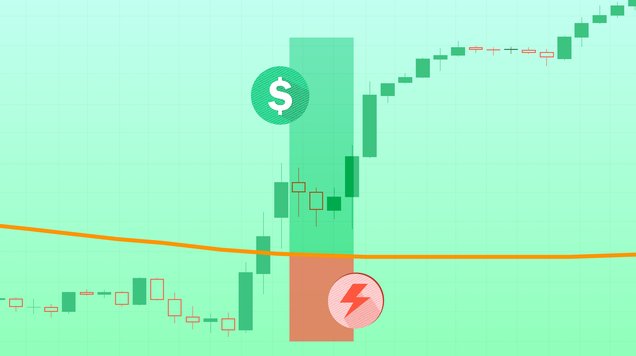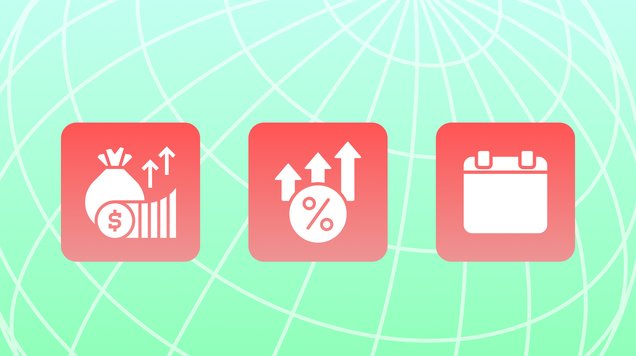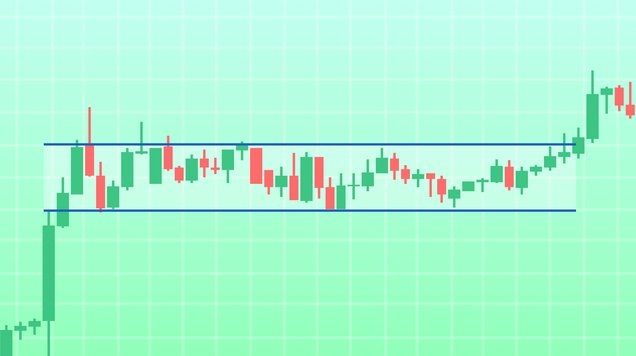Scalping
Scalping is an advanced and high-speed trading strategy that demands discipline and confidence with technical analysis.

Scalping is a trading strategy that revolves around making numerous trades within a day to capitalise on small price movements of a financial asset
Scalpers aim to generate profits by taking advantage of even the tiniest fluctuations in prices, which can occur within seconds or minutes
Scalping demands a significant time commitment from a trader and an ability to handle the stresses of rapid decision-making in a volatile market environment
While scalping presents avenues for expedited gains and decreased risk exposure, it also poses challenges such as higher transaction costs and personal stress
What is scalping?
Scalping is a day trading strategy that focuses on profiting from tiny price fluctuations over short periods, often lasting just a few seconds to a few minutes, by opening and closing numerous trades at pace.
The key principle behind this strategy is to capitalise on market inefficiencies, seeking to exploit even the smallest price differences. Scalpers rely on technical analysis tools and charts to identify potential entry and exit points.
Traders who employ scalping strategies are referred to as scalpers, and they typically make numerous trades within a single day. Scalpers typically focus on short-term charts; such as 1-minute, 5-minute, or 15-minute charts.
Scalping can be a rewarding, but its also considered a demanding and exhaustive trading strategy. Scalping requires traders to be highly attentive to the market and as a technique it demands finesse, discipline, a resilient mindset and a sharp understanding of market dynamics.
The strategy's emphasis on rapid execution and frequent trades means that scalpers also need to have a speedy and efficient trading platform, a reliable internet connection, and the ability to make split-second decisions.
Scalping vs day trading
Scalping and day trading are both short-term trading strategies and, though closely associated, they have some differences when it comes to time frames and position sizes.
Day traders specialise in closing all their positions within a single trading day and commonly operate on charts stretching across 30 minutes to 1 hour. Their trades will unfold over several hours and will all be closed before market hours end for the day. For scalpers, this timeframe is considered comparatively long as they prefer to focus on charts that can span from a minute to 15 minutes.
Scalpers will try to gain overall profits from multiple small trades by opening and closing tens, or even hundreds, of positions per day - and tend to aim for larger trade sizes that can benefit from small price movements or by including leverage to control larger volumes. Day traders will make fewer trades than scalpers, but with potentially higher profits per trade as longer time periods can create potential for larger price movements.
Benefits of scalping
Scalping offers several potential benefits for traders who are well-suited to its fast-paced nature and have a high risk appetite.
One of the main advantages of scalping is its ability to accumulate relatively frequent profit gains. Scalpers meticulously collect profits from multiple small price movements throughout the trading day with them all adding up to a larger sum at the end of the day.
Another advantage associated with scalping is that it demands relatively lesser knowledge about the underlying asset. Unlike long-term traders who heavily rely on fundamental information, scalpers prioritise technical analysis as the cornerstone of their approach. This can require less asset expertise as there are many chart lines and tools that can be used to spot trend formations.
Risks and risk management in scalping
Scalping is rarely successful without constant market monitoring and rapid decision-making. The demanding nature of these requirements can undermine the emotional well-being of traders, requiring a significant time commitment.
The frequency of trading in scalping can lead to multiple transaction costs, including spreads and commissions, which can significantly erode potential profits.
Given the short-term nature of scalping, traders are susceptible to market noise and abrupt price reversals triggered by unforeseen news events or shifts in market liquidity.
Scalpers rely heavily on fast and reliable internet connections, as well as efficient trading platforms, to execute trades quickly and accurately. This means scalping is at risk of technical glitches that lead to missed opportunities and even losses.
Mastering scalping requires experience and continuous learning, making it more suitable for experienced traders than beginners. Traders considering scalping should carefully assess their risk tolerance, time availability, and skill level before adopting the strategy.
As with any trading strategy, traders new to scalping are encouraged to begin with extensive research, apply risk management strategies, practice thoroughly with a demo account, and gradually transition to live trading while remaining alert to inherent risks.









